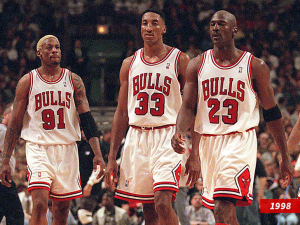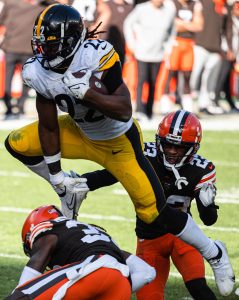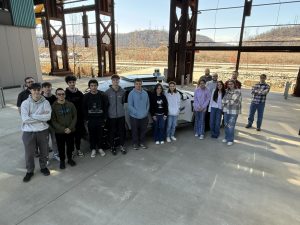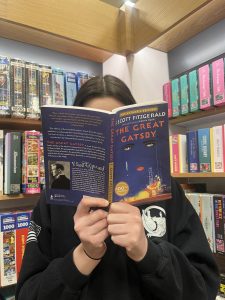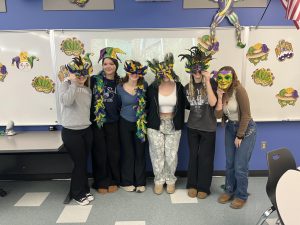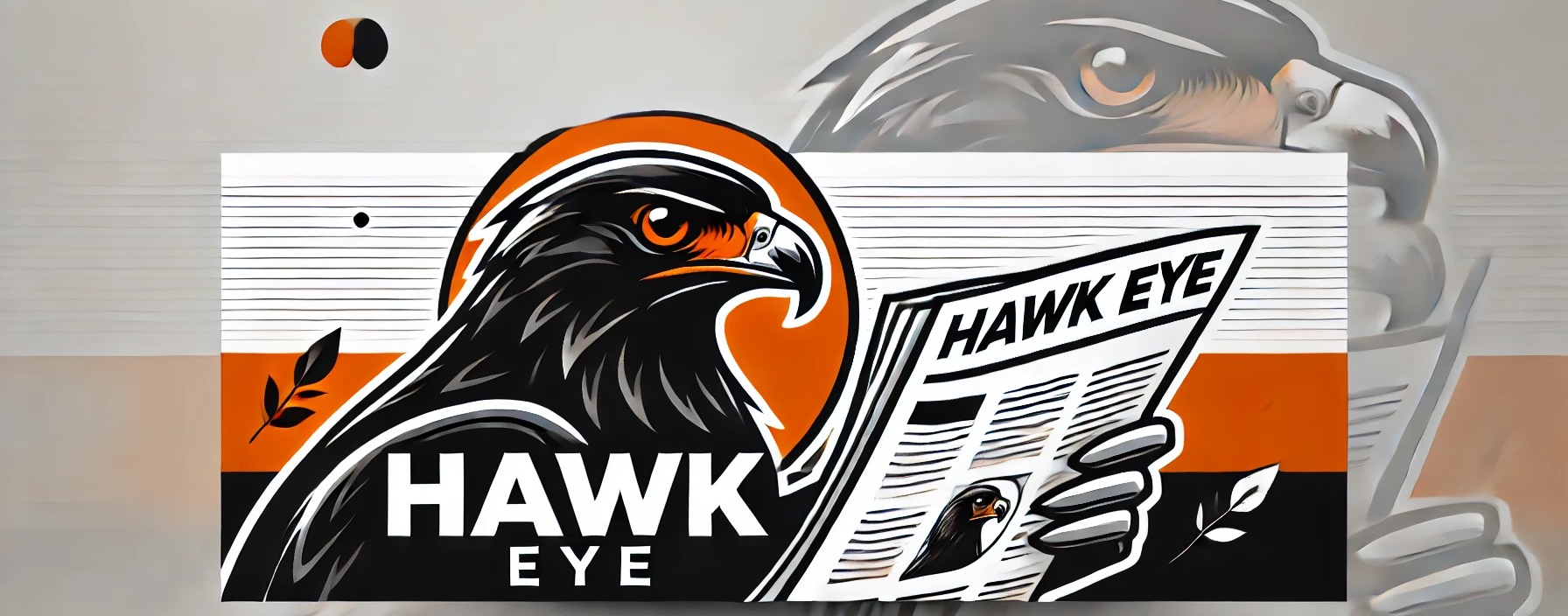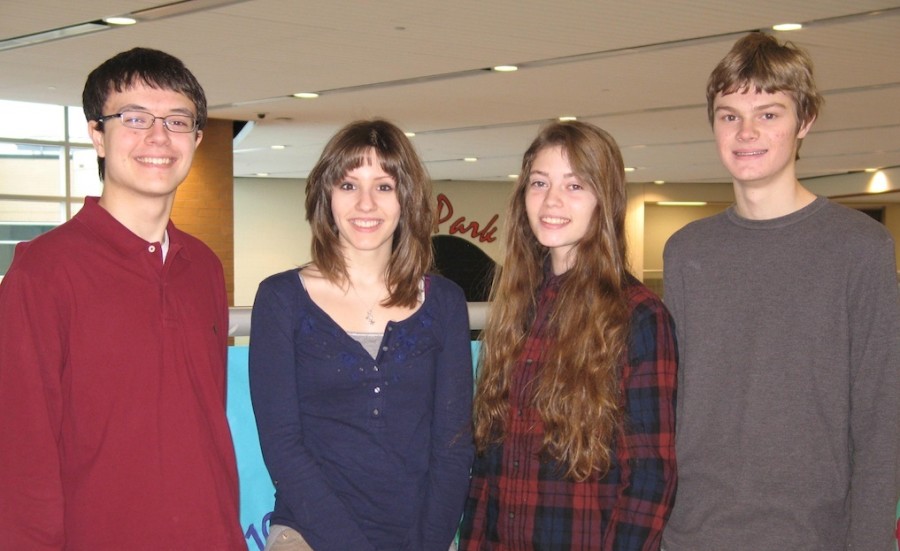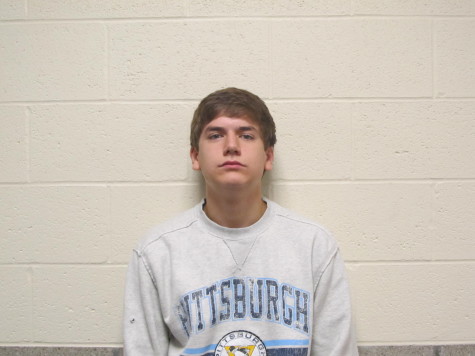“The project required a lot of time, energy, and effort; I worked on it over the summer and finished in January,” said junior Jarrod Cingel. “Winning the awards felt great. It’s always a great feeling to know that something you put so much time into paid off and was such a worthwhile experience.”
Jarrod, along with four other students at Bethel Park High School, won big at Pennsylvania Junior Academy of Science tournament held at Penn State. Jarrod’s “Visual Interface and Algorithmic Programming of a High-Precision Robotic Laser” earned a perfect score and he received a renewable $2,000 scholarship from Penn State. Additionally, he was selected as the Alternate Student Delegate to attend the American Association for the Advancement of Sciences National Convention in Chicago.
Jarrod’s project was comprised of numerous complex contraptions and mechanisms; Jarrod simulated a computer program that allowed a user to draw a path on a screen, and that path would then be traced by a robotically-maneuvered laser.
Jarrod said, “The prototype that I built for this project will only work with convex shapes due to infrared connection delay, but in the future I hope to incorporate concave shapes as well.” Likewise, Jarrod will be interning in the robotics lab at Carnegie Mellon University this summer.
In addition to Jarrod’s high-tech robotic presentation, Molly Graham’s “The Effects of Implicit Egotism on Choice,” Emily Augustine’s “How Organic is Organic?”, Christian Smetana’s “How Quick is a Computer?”, and Jack Brownfield’s “Circular Wheel vs. Reuleaux Triangle” all won first place.
The sponsor of PJAS, Ms. Eisel added, “At the high school level they’re really kind of working independently. They can come and bounce ideas off of us and we can help them refine the procedure. Also, we help them do the experiments here in the labs, or if they need specific materials, we help provide those.”
In regards to the whole process, these five students had to undergo intense preparation before they stood in front of the panel of judges at Penn State. Beforehand, the students complete their experiments on their own, collect the data, then analyze that data, and then compose a PowerPoint presentation.
“This group of teachers more or less grade the presentation. There are about five areas. Does it follow the scientific method? Does their procedure make sense? Do they have good analysis of their data? And, so on. The presentation has to be somewhat relevant; some real world application,” Ms. Eisel highlighted.
Let’s give these students a well deserved, “Black Hawk” round of applause.
